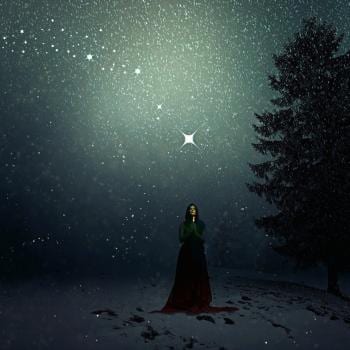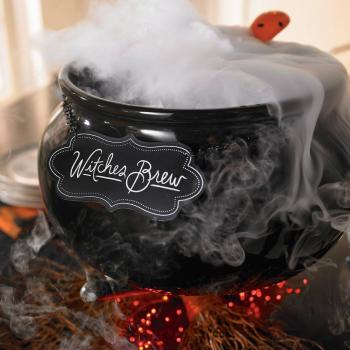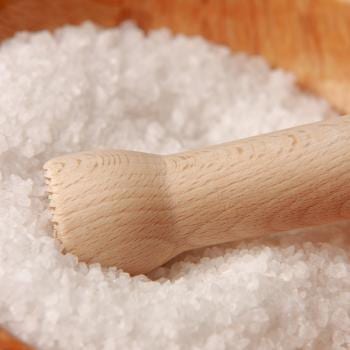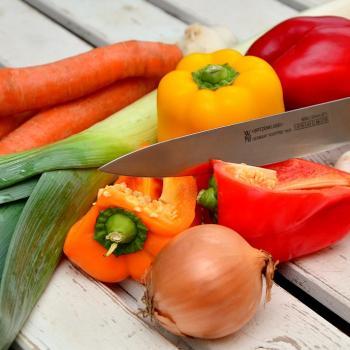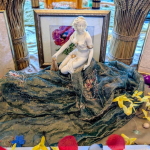Saturnalia is coming! Hail Saturn! I’ll raise a glass of conditum paradoxum and exclaim “Salus!”, the Latin equivalent of “Here’s to your good health.” If you are fresh out of conditum paradoxum, you can make a bottle of this delicious, sweet wine for yourself. I’ll show you how. It’s pretty easy.
But before the wine, a little history
Saturnalia grew to be one of the most popular festivals on the Roman calendar. Initially, it was a one day festival that started on December 17th but it’s popularity grew so much that it turned into a multi-day event usually lasting from December 17th through December 23rd. Observance of the festival lasted for centuries. Writings from the 2nd century BCE reference Saturnalia banquets, and reports of Saturnalia revels persisted well into the 5th century AD. The influence of Saturnalia on the December holidays as we know and celebrate them today is unmistakable and profound.
Saturnalia was a giant Roman street party, er…I mean ritual. Saturnalia paid homage to the god Saturn. Saturn was a god of abundance, among other things. The festival itself was a celebration of a mythical golden age when humankind was free from labor and could generally swan about together in idyllic bliss sipping wine and enjoying plenty of free nosh.

So let’s talk about that wine!
Conditum Paradoxum is a spiced wine. Romans typically drank this wine chilled but it could also be enjoyed warmed too. Fortunately for us, the popularity of Saturnalia and the Roman proclivity to write things down we have a recipe.
“Put six sextarii of honey into a bronze jar containing two sextarii of wine, so that the wine will be boiled off as you cook the honey. Heat this over a slow fire of dry wood, stirring with a wooden rod as it boils. If it boils over, add some cold wine. Take off the heat and allow to cool. When it does cool, light another fire underneath it. Do this a second and a third time and only then remove it from the brazier and skim it. Next, add 4 ounces of pepper, 3 scruples of mastic, a dragma of bay leaf and saffron, 5 date stones and then the dates themselves. Finally, add 18 sextarii of light wine. Charcoal will correct any bitter taste.” – Apicius, 1.1″
Okay. I’m right out of sextarii measuring cups and my brazier is being cleaned right now. So here’s a modern day version for you. I make this in party sized batches because, well, if the Romans could throw a seven day ritual the least I can do is make enough wine so each guest can have several drinks*
2 bottles of viognier but sauvignon blanc will do just fine.
2 cups of honey (if you can get honey with lovely floral notes, even better)
2 dates or 3 dried figs (but not both). If you have neither, use one of those snack pack sized boxes of raisins.
2 teaspoons of black pepper (the Romans loved black pepper)
1 teaspoon of fennel seeds
4 bay leaves
Several strands of saffron
Grab a nice big saucepan and pour in the two cups of honey. Add 1 cup of the wine and the dates (figs or raisins). Bring this mixture to a boil, stirring as you go, until all of the honey is incorporated and dissolved.
When the honey is dissolved and the mixture is boiling, reduce the heat to a simmer and add all of the other ingredients. Cover and simmer for 10 minutes.
Next, grab a kitchen funnel, a coffee filter and a carafe (or just reuse the wine bottles). Put the coffee filter into the funnel and pour the wine through the filter, collecting the spices and sediment. Discard the filter and anything in it. Now you’ll have a your very own conditum paradoxum. Put the bottle(s) in the fridge and chill. You can also reheat the wine in a saucepan if you like the mulled wine effect.
If you can stand to wait a few hours before drinking, you’ll really notice all of the spice notes and fruit coming through. This is a sweet, sweet, sweet, concoction so sip rather than gulp…Or gulp, no judgement here!
Happy all the things you might celebrate at this time of year. Mine’s a double thank you very much.
*Drink responsibly. Don’t drive. Don’t drink if you know you shouldn’t drink.







